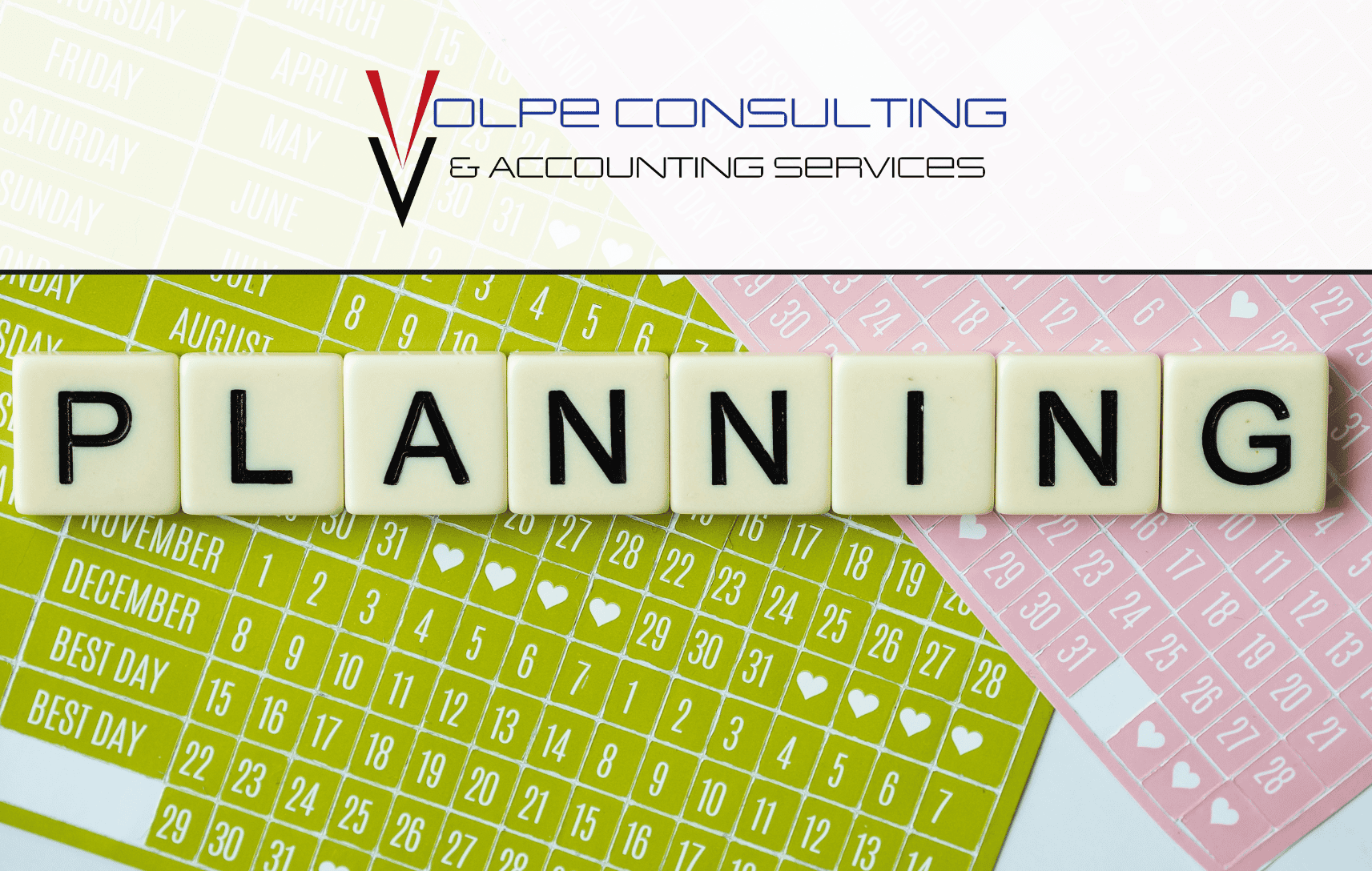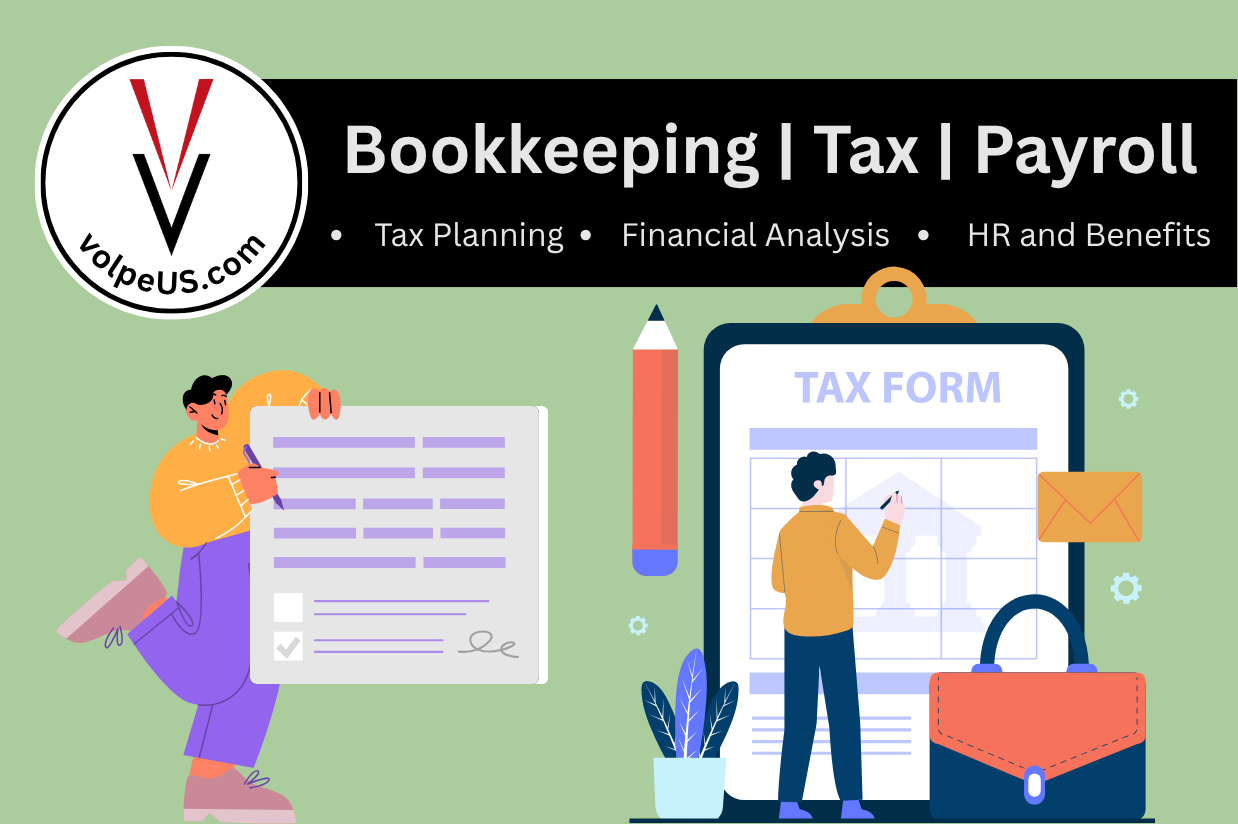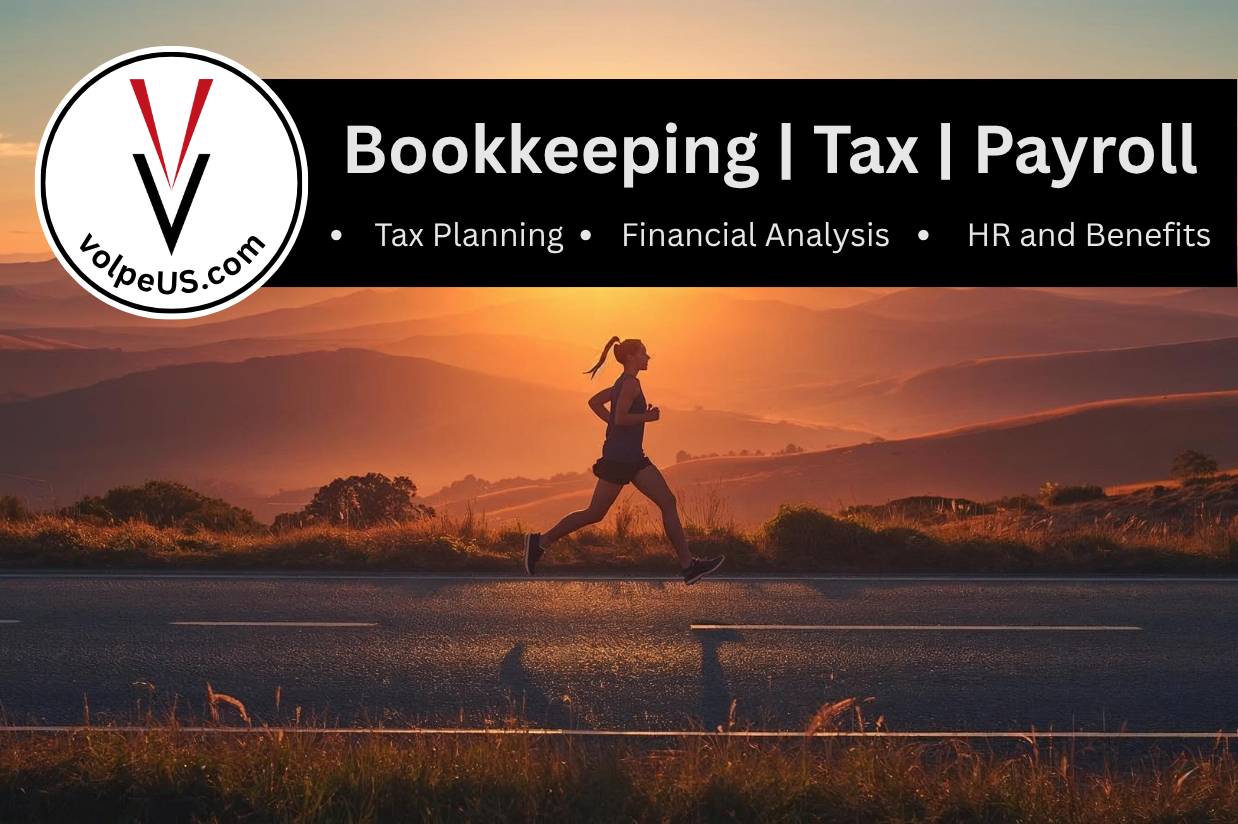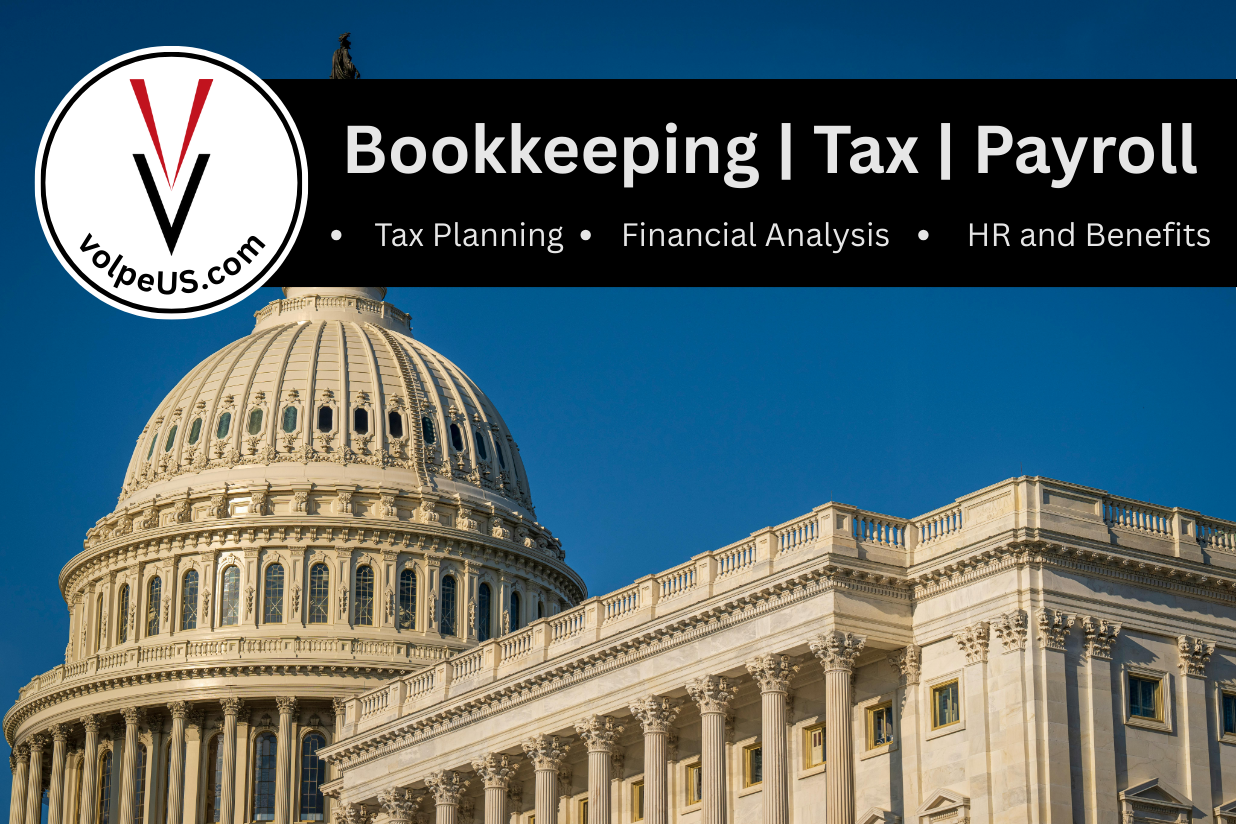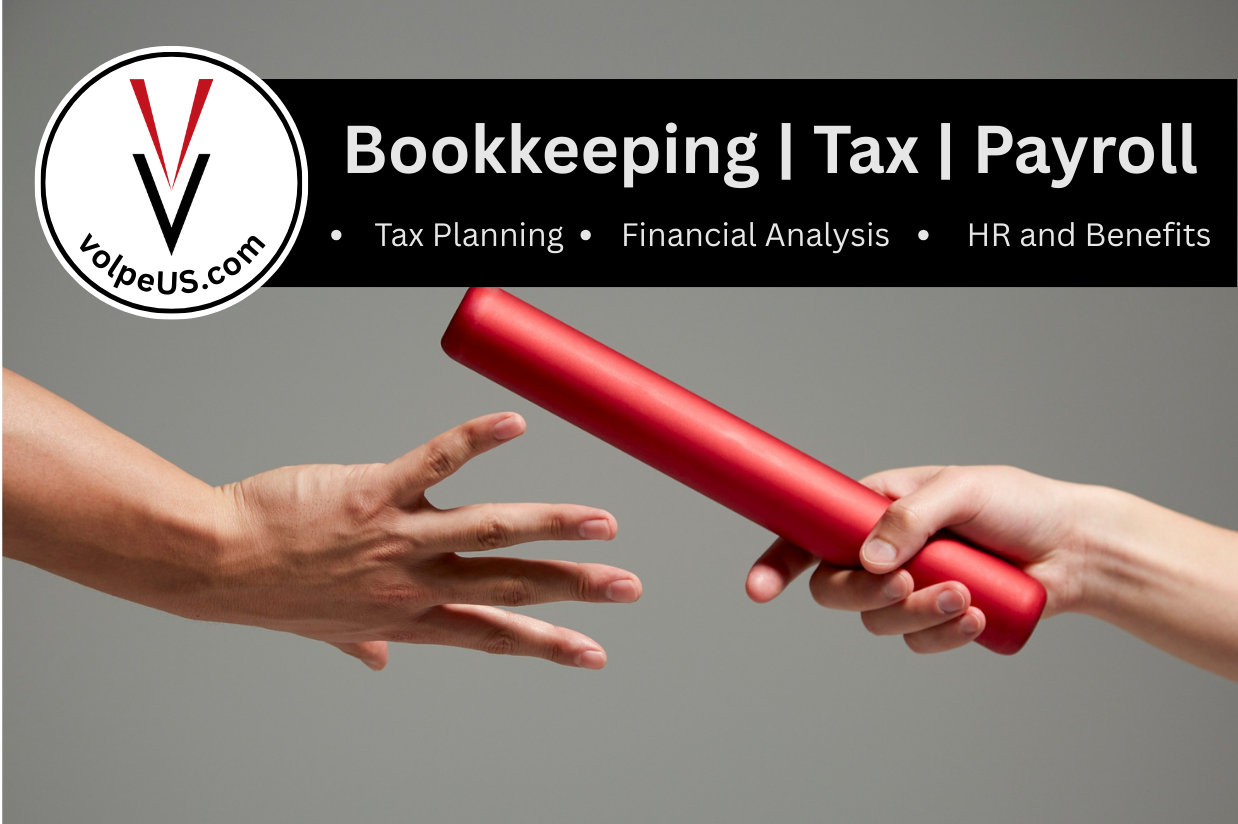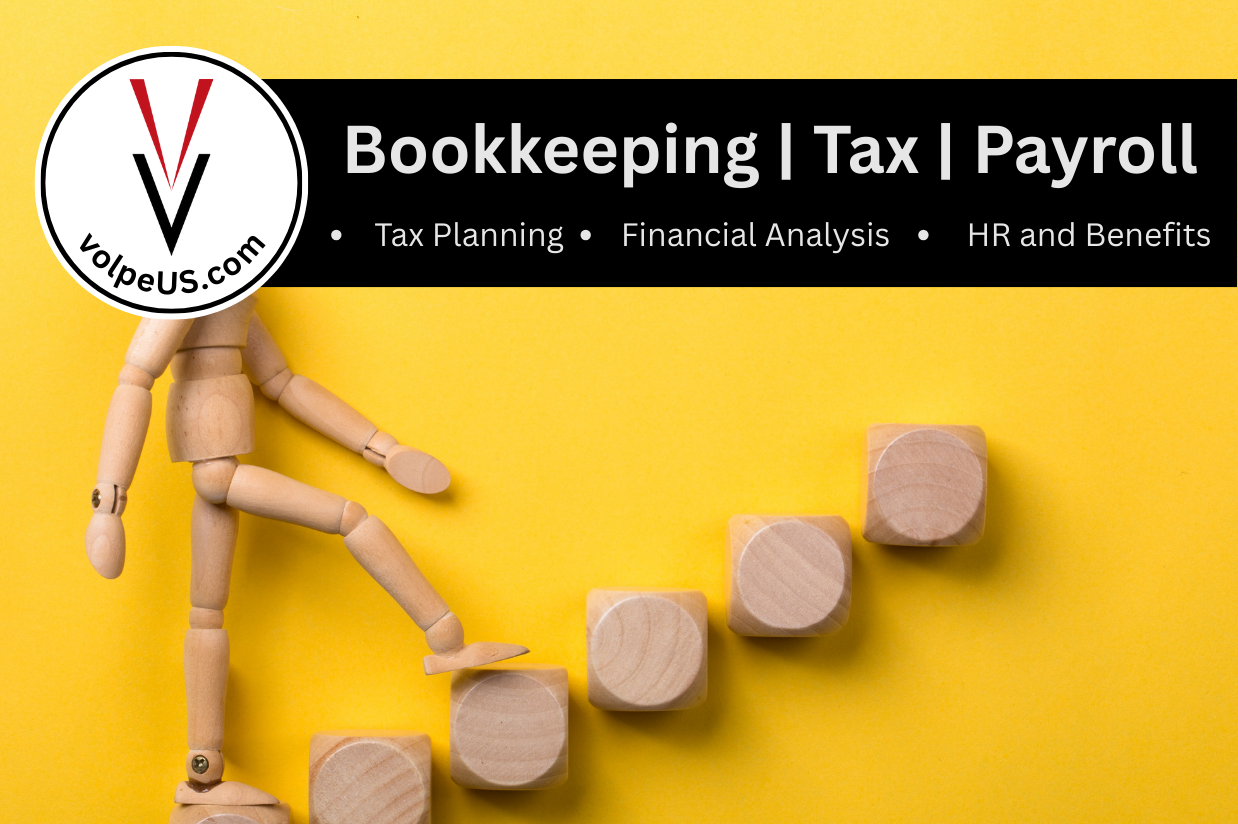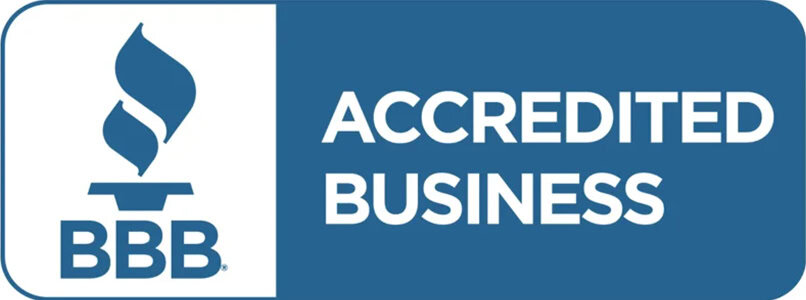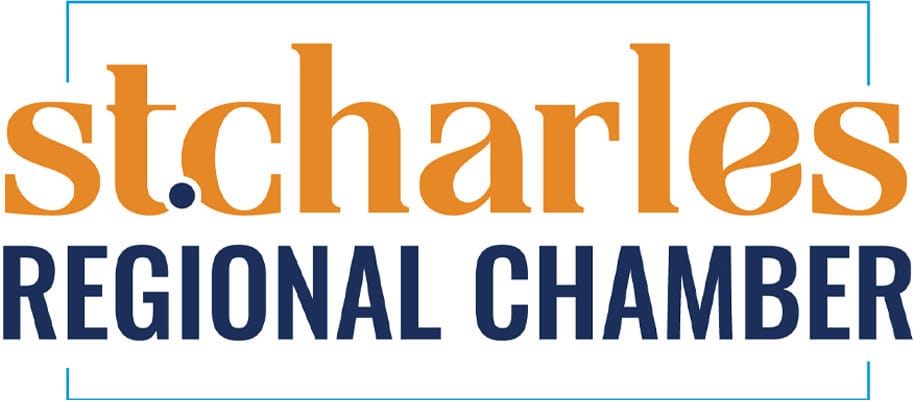Executive Summary: Strategic Business Forecasting
Introduction Forecasting is a critical component of business strategy, offering both numerical and subjective insights into future performance. This approach combines established mathematical methods with industry experience to create a competitive edge.
Data Utilization The growing importance of data in business cannot be overstated. Large organizations benefit from extensive data sampling across borders and sectors, enhancing forecast accuracy. Small businesses, too, can leverage local insights to shape their future decisions effectively.
Forecasting Timeframes Optimal forecasting timeframes vary by industry. Annual forecasts, broken down monthly, allow for manageable long-term planning and quick adjustments. Rolling forecasts, extending beyond the traditional 12-month window, are beneficial for industries with seasonal fluctuations. The 12-month rolling forecast is particularly efficient, providing continuous updates and flexibility.
Forecasting Baselines Effective forecasting begins with analyzing historical data and current standing. Key questions include:
- Goals for the upcoming period
- Historical performance
- Changes in business or sector
- Competitor performance
- Current financial standing
Forecasting Methods Popular forecasting methods include:
- Straight Line Forecasting: Assumes constant growth trends.
- Percent of Sales: Relates line items to sales figures.
- Using Averages: Provides an overview of trends using historical data.
Post-Forecasting Analysis Variance analysis and What-If analyses refine forecast accuracy and explore multiple scenarios. These tools help businesses understand deviations and make informed adjustments.
Conclusion Forecasting offers a competitive advantage by preparing businesses for various future scenarios. It is valuable for both large corporations and small local businesses, enhancing day-to-day operations and strategic planning.

Forecasting: A Strategic Approach to Business Planning
Hello, everyone! Today, we dive into an essential component of business strategy: forecasting. In our previous discussion, we explored why forecasting is crucial—now, we will examine how to construct a meaningful forecast that provides a clear vision for the future.
Forecasting can implement both a numerical and subjective take on future business performance. While the math of different forecasting methods is concrete, well established, and a great standard to implement, industry experience and insight can prove just as valuable and can still create a competitive edge.
Data… It’s one of the fastest growing areas in the business world (read: “the” world), and we wouldn’t doubt that this trend will continue with the ever-increasing connectivity across the globe. For large organizations, this can represent itself as a gatherable sampling of information across borders, sectors, and for international companies, information between business lines which could potentially provide a look into trends in both the company and surrounding industry.
Having access to that amount of information can be intertwined with the technical creation of a forecast, tailoring it to the business’s use case and hopefully increasing the accuracy of the data by representing the minutia of the business. However, this doesn’t leave out the small businesses of the world (a.k.a., the majority!) Insight can be just as valuable to a main-street business with owner operators who:
- Know their communities well,
- Understand the view from their relative position in that community, and
- Have a wide-reaching pool of experience to draw from and help shape their future decisions.
So, before we get into some examples of basic forecasting, we wanted to be sure to consider the above. Insights intertwined with your forecasting can not only present a better business case for presentations at a corporate office but can also help the local brewer anticipate which events will drive growth for the upcoming Oktoberfest in the community.
Defining Forecasting Timeframes: Static vs. Rolling Models
A common question in forecasting is determining the optimal timeframe—how often should forecasts be reviewed, and how far into the future should projections extend?
Many organizations conduct annual forecasts, broken down monthly, allowing for both a manageable long-term planning structure and the ability to quickly change course throughout the year if actual data starts to heavily deviate from the forecast. At year-end (and by month), businesses will compare the actual data against the forecasted data for any variances to gain further insight into the final recorded results.
Some industries, particularly those with seasonal fluctuations, benefit from rolling forecasts, in which projections extend beyond the traditional 12-month window. For example, a company that records most of its revenue for the year within four months (for instance, a famous restaurant in a touristy beach town during spring break) may update forecasts weekly or biweekly: This creates more detail for the months that need it the most. It also allows those making budgeting decisions to move quickly throughout the designated critical timeframe. For companies with longer sales cycles (i.e., a custom software HR implementation from one large provider to an enterprise customer), this type of hyper detailed reporting may prove less effective – They could opt for the traditional monthly review or even a quarterly based review and forecast if the cycle is long enough.
- One popular approach in rolling forecasts is the 12-month rolling forecast, where projections continuously extend as each month’s books close and the sales, expense, and operations data become available. Suppose February 2025 has just ended for a company utilizing this method — They would record the actual data for the month to compare variances with the previously created forecast, and at the same time, would create a forecast for the following February in 2026.
- A continuous forecast like this can be efficient from an operations standpoint; It allows decision makers to have a quick view of the upcoming projections by month/quarter/year and acts as a type of living document that can be revised on the go
- For instance, assume the company above’s rolling forecast. They would have just recorded their February numbers while creating the forecast for the following February. If, prior to the start of Q2, they discovered something that would drastically change the operations of the business in Q3, they can already have a starting point with the pre-made numbers from earlier in the previous year. Expectations can be shifted, and the change can be incorporated without major structure changes/new forecasts being required to be made from the start.

Forecasting Baselines: Understanding Historical Data and Current Standing
Effective forecasting begins with a thorough analysis of past performance. By examining historical financials and identifying market trends, businesses can create a foundation upon which future projections are built. Prior to creating the forecast for a period, you could be asking:
- What are our goals for the upcoming month/quarter/year?
- What did our numbers look like for the month/quarter/year one year prior to this?
- Have there been any changes to the business, area (geographic area around us), or sector that we can consider?
- How are our competitors performing at a similar level to us (in terms of size, location, industry, etc.)?
- What’s our current financial standing?
- Revenue
- Expenses
- Upcoming products/services/marketing/strategies
Once you are ready to begin crafting the structure for how you’ll forecast the business performance, decisions can be made as to which types of forecasts you’ll incorporate. Below are a few popular methods.
- Straight Line Forecasting
A simple yet effective method is calculating a straight line forecast for key financial line items. This assumes growth trends over a period will be constant, i.e., if last year’s revenue grew by 10%, straight line assumes this year’s will follow suit. This is a fairly simple way of looking at how consistent growth can affect operations but may not provide the whole picture if something more detailed is required.
- Percent of Sales
The percentage of sales forecasts looks at how the various line items relate to the sales figures for a period and assumes that percentage will remain constant as sales increase or decrease. This can then be used, for example, to measure relative increases in expenses as revenue grows.
- Using Averages
Averaging can give a brief overview of how revenue and expenses have been trending over several periods. Using the basic percentage change formula:
((Ending Value – Starting Value) / Starting Value) * 100
This can be applied to the change in revenue and expenses by period. After looking at the historical periods, you can derive an average percent change of the line item on the P&L to get a quick look at trends. This, however, could be skewed
Example: A business is reviewing revenue figures over the past 5 years, and has the following figures:
- Year 1 Revenue $500,000
- Year 2 Revenue: $575,000
- Year 3 Revenue: $590,000
- Year 4 Revenue: $615,000
- Year 5 Revenue: $650,000
Using the formula above shows revenue increasing by 15%, 2.6%, 4.2%, and 5.7% respectively, resulting in an average yearly-over-year increase in revenue of about 6.9%. This can be useful for a general look at how the company will grow; If year 2 (15% increase) was determined to be higher than average over an even longer period, considering removing it from the average (or weighing your averages) can help provide a look that is more in line with normal operations.
After Forecasting: Recording Data, Reviewing Variances, and Conducting What-If Analyses
Once a forecast is established, conducting a variance analysis helps refine accuracy. By comparing projected figures to actual results, businesses can uncover patterns and make informed adjustments. Noting on the breakout year in the above example (a 15% increase in yearly revenue, which was much higher than the surrounding years); Had the forecast for year 2 only estimated an 8% increase in revenue, after the financials had been finalized for the year, an analysis can be performed to try and determine why the revenue was higher than expected. A nice surprise, but a valuable one if the reason can be understood and implemented for future years.
Additionally, What-If Analyses allow organizations to explore multiple scenarios, both in the originally created forecasting process and after a period has ended and is in review. In the original forecasting process, running a wide array of estimates can provide a visual and create room for discussion as to how likely it could be to achieve growth targets. After the period has ended, processes can be reviewed through What-If to determine how the outcome could’ve changed if a different strategic decision was made.
Conclusion: Forecasting as a Competitive Advantage
Predicting the future can be tough, but like we mentioned previously; creating, reviewing, and revising forecasts can mentally train and prepare yourself for the unknown. Even if your year looks uncertain, getting a visual of different potential outcomes can serve as tests to how you’d respond, react, and move forward to maximize the year’s potential or change course to ease a lull in business.
Whether you’re a part of an analysis team at a Fortune 500, or a local store owner in your hometown; Forecasts can bring value to your day-to-day. We hope you have a great rest of your week, and if you’d like to discuss getting a forecast established for your business… We’re here to chat and would enjoy speaking with you.

If there’s a pain point within your operation that you’d like to discuss, we’re here. We’d appreciate the opportunity to look into it with you and hopefully provide some insight as to how you can move forward. For more information, or to just put some faces to our name,
Disclaimer: The content on this blog is for informational, educational, and occasional entertainment purposes only. It should not be construed as legal, tax, or financial advice.
